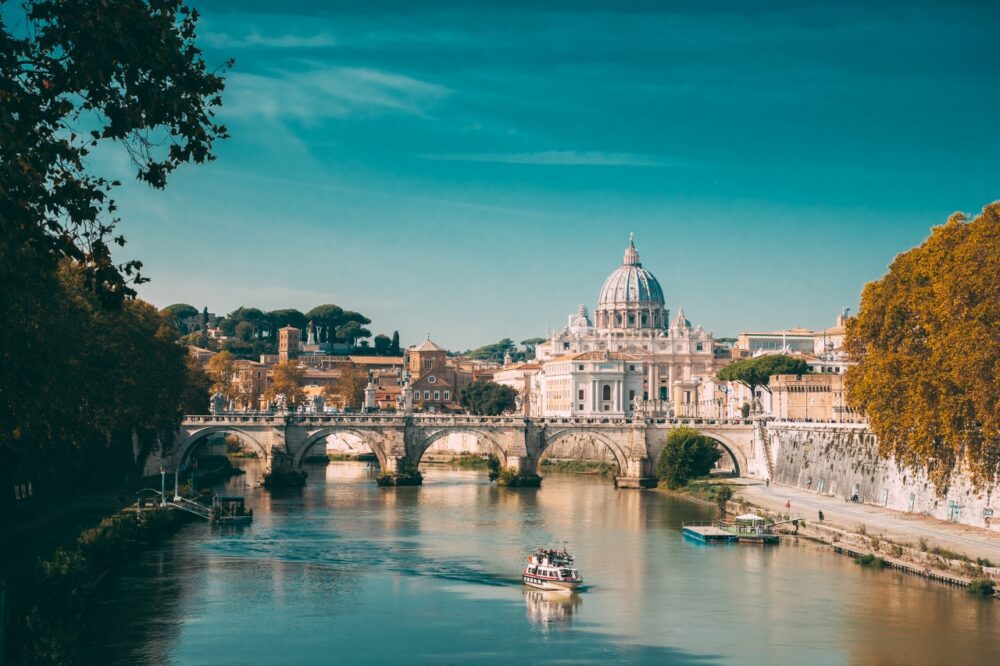
Introduction
Italy is one of those rare countries that feels like an open-air museum—everywhere you look, there’s something beautiful to admire. From the iconic cities of Rome and Florence to the dramatic coastlines of the Amalfi Coast and Sicily, Italy offers a rich blend of history, art, culture, and food. Whether you’re sipping espresso in a sun-drenched piazza, wandering through ancient ruins, or cruising across serene lakes, Italy has a way of capturing your heart. It’s a country where you’ll want to linger, savour, and return time and again.
My first visit to Italy was years ago, and it immediately became a place I couldn’t stop thinking about. It’s a country where you can climb to the top of a medieval tower one day and feast on fresh seafood by the coast the next. Every region feels like its own world, with unique flavours, traditions, and landscapes. Whether you’re exploring the hustle of the cities or the calm of the countryside, Italy is endlessly captivating.
Table of Contents
Reasons You Should Visit Italy
1. A Treasure Trove of Art and History
Italy is the beating heart of European history and art, and no matter where you go, you’re walking in the footsteps of emperors, popes, and artists. Rome alone is a history lover’s paradise, home to the Colosseum, Roman Forum, and Pantheon, all standing as monuments to the city’s imperial past. I was particularly moved by the Vatican Museums, where the Sistine Chapel left me staring at the ceiling, jaw-dropped, for what felt like hours.
But Italy’s history doesn’t end in Rome. Florence, often called the birthplace of the Renaissance, is filled with masterpieces from artists like Michelangelo and Leonardo da Vinci, while Venice’s palazzos reflect centuries of maritime wealth and power. Whether it’s admiring Botticelli’s Birth of Venus in the Uffizi Gallery or visiting Pompeii’s ruins near Naples, Italy’s cultural depth is mind-blowing.
2. Incredible Food and Wine
Italian cuisine is legendary, but nothing compares to actually eating it in Italy. Every region has its own specialities, and the flavours change as you move across the country. In Rome, I couldn’t get enough of the cacio e pepe—a simple yet sublime pasta made with Pecorino Romano and black pepper. Meanwhile, the food in Bologna is rich and hearty, known for tagliatelle al ragù (never call it “spaghetti Bolognese”!).
The wine, too, is worth the trip alone. Whether you’re sipping a Chianti in Tuscany or enjoying a glass of Barolo in Piedmont, the wines in Italy are exceptional and often surprisingly affordable. One of my favourite experiences was visiting a small vineyard in Sicily, where I learned about local grape varieties and tasted wines that aren’t found anywhere else in the world.
3. Diverse Landscapes
Italy’s landscapes are as diverse as its cities. You can spend the morning skiing in the Dolomites, the afternoon cruising along the Amalfi Coast, and the evening watching the sunset over a vineyard in Tuscany. One of my most memorable days in Italy was spent hiking through the Cinque Terre, where pastel-coloured villages cling to cliffs overlooking the sparkling Mediterranean.
The northern lakes are just as stunning. I spent a few days on Lake Como, wandering through elegant towns like Bellagio and enjoying boat trips across the water. Italy’s islands, too, offer something completely different—Sicily and Sardinia are home to dramatic coastlines, pristine beaches, and a sense of wild beauty that feels a world away from the bustling mainland.
4. Warm, Welcoming Culture
Italians are known for their warmth, and no matter where you go, you’ll find people who are proud of their country and eager to share it with you. Whether it’s a friendly chat with a café owner in Florence or a recommendation from a local in Naples for the best pizza spot (hint: it’s always around the corner), Italians make you feel like part of the family.
The pace of life in Italy is something to admire, too. La dolce vita isn’t just a phrase—it’s a way of living. People take time to enjoy the simple pleasures, like a good meal, an afternoon stroll, or a long conversation over coffee. It’s infectious, and soon you’ll find yourself slowing down, too, appreciating every moment.
5. Fashion and Style
Italy is synonymous with fashion, and cities like Milan and Rome are global hubs for style. Walking through Milan’s Quadrilatero d’Oro, I was struck by the elegance of the boutiques and the effortlessly chic locals. But Italian style isn’t just confined to the catwalk—it’s part of everyday life. Even in smaller towns, people dress with a level of care that’s refreshing, and window shopping feels like an art form.
For fashion lovers, visiting Italy is like entering a living, breathing runway. The country’s famous designers—Prada, Gucci, Armani—have stores in nearly every major city, and you’ll find everything from high-end couture to artisanal leather goods. Don’t miss Florence’s leather markets, where you can find beautifully crafted bags and shoes at reasonable prices.
Best Places to Visit in Italy
1. Rome

Rome, the Eternal City, is a place where history comes alive. Walking through the Roman Forum, I could almost hear the voices of ancient senators debating policy, and standing in front of the Colosseum, it’s impossible not to imagine the roar of the crowds during gladiator games. Rome is a city of layers—ancient ruins sit side by side with baroque churches and Renaissance palaces.
Of course, no visit to Rome is complete without seeing the Vatican City, home to St. Peter’s Basilica and the Sistine Chapel. I spent an entire morning marvelling at Michelangelo’s frescoes before wandering through the quieter streets of the Trastevere neighbourhood, where you can find some of the city’s best trattorias and bars.
2. Venice

Venice is one of the most unique cities in the world. Built on a series of islands connected by canals, Venice feels like a floating dream. There’s nothing quite like gliding down the Grand Canal on a vaporetto (water bus), passing by grand palazzos and ancient churches. The Piazza San Marco, with its stunning Basilica and iconic Campanile, is the city’s heart, but don’t be afraid to get lost in the labyrinth of narrow streets and canals.
One of my favourite memories of Venice was taking a boat to the nearby islands of Murano and Burano. Murano is famous for its glassmaking, while Burano’s colourful houses and lace-making tradition make it a photographer’s paradise. Venice can be touristy, but it’s still possible to find quiet corners where you can feel the magic of this floating city.
3. Milan
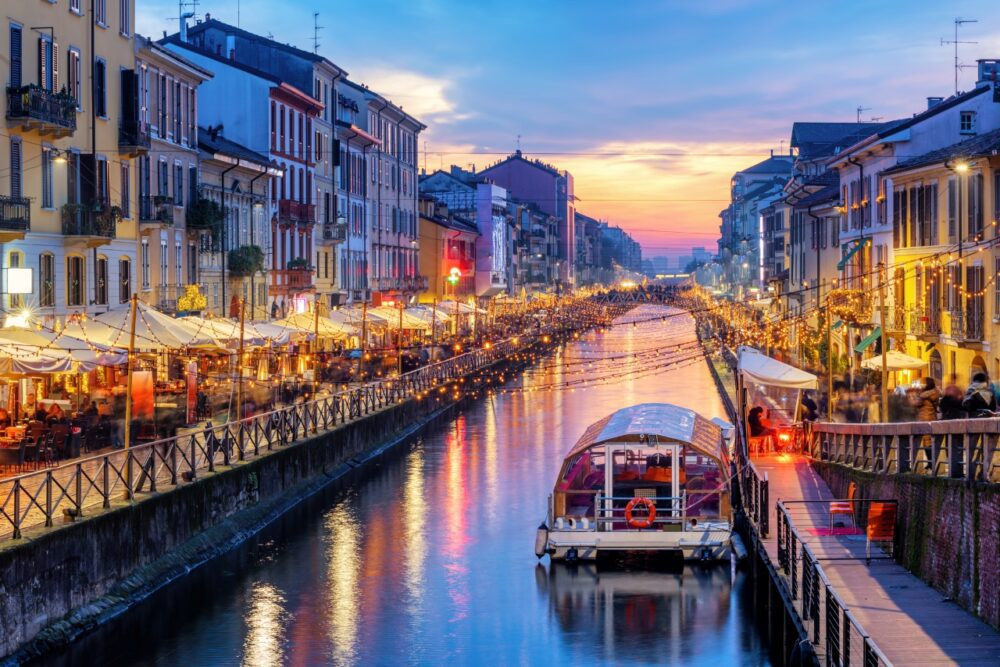
Milan is Italy’s fashion capital, but there’s so much more to it than designer boutiques. The city is home to incredible art and architecture, including the Duomo, a Gothic masterpiece that took centuries to complete. Climbing to the top of the cathedral’s spires offers spectacular views over the city, and the detail of the stonework is astounding.
For art lovers, The Last Supper by Leonardo da Vinci, housed in the Santa Maria delle Grazie convent, is a must-see. Milan’s cultural scene is also thriving, with world-class opera at La Scala and modern art at the Pinacoteca di Brera. When you need a break, head to the Navigli district, where canals lined with cafés and restaurants offer a lively, relaxed atmosphere.
4. Florence
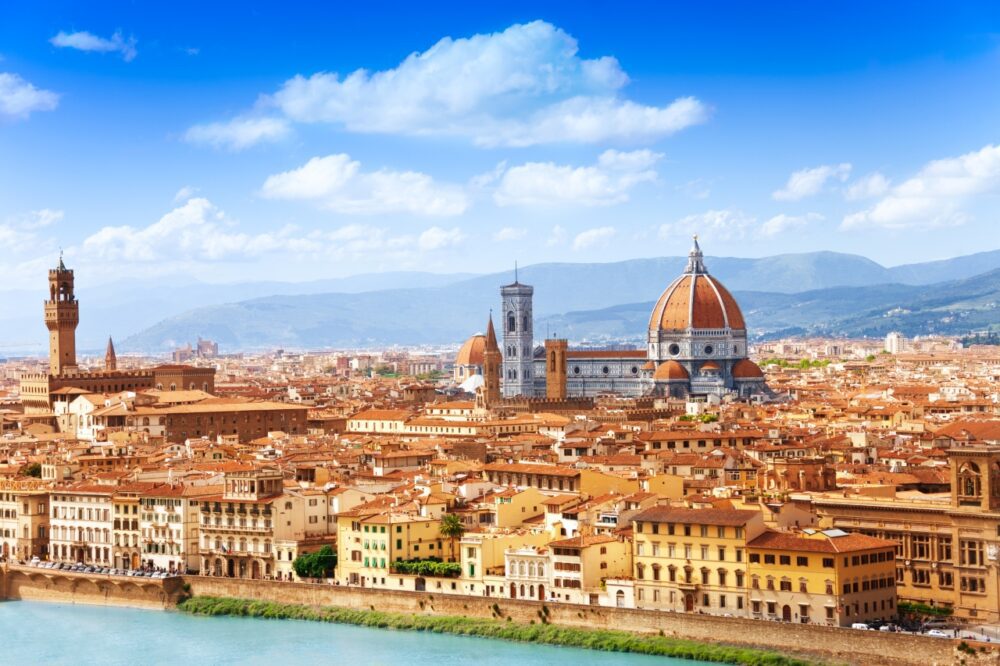
Florence is a city that feels like an open-air museum. As the birthplace of the Renaissance, it’s packed with masterpieces at every turn, from Michelangelo’s David to Botticelli’s Birth of Venus in the Uffizi Gallery. Walking across the Ponte Vecchio, the famous bridge lined with jewellery shops, I felt like I had stepped back in time.
One of the highlights of my visit was climbing to the top of the Duomo, where the views over Florence’s terracotta rooftops are simply breathtaking. After a day of sightseeing, I loved relaxing in Piazza della Signoria, watching street performers and enjoying a gelato as the sun set over the city.
5. Bologna

Known as La Grassa (the fat one) for its rich cuisine, Bologna is a paradise for food lovers. The city’s medieval architecture, including its famous towers, gives it a unique charm, but the real highlight here is the food. I spent hours wandering through the Quadrilatero market, sampling fresh pasta, cured meats, and cheeses.
Bologna is also home to the world’s oldest university, and its student population gives the city a vibrant, youthful energy. Don’t miss the chance to climb the Asinelli Tower for a panoramic view of the city, and be sure to try tagliatelle al ragù—it’s Bologna’s signature dish and nothing like the spaghetti Bolognese you’ll find elsewhere.
6. Genoa
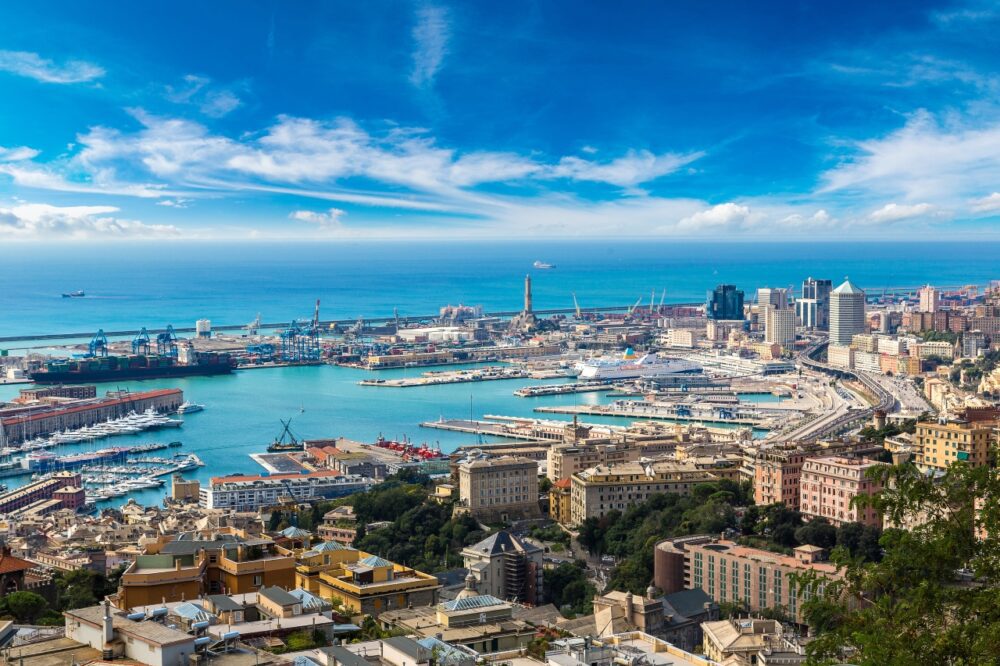
Genoa is often overlooked by travellers, but this historic port city is full of surprises. Its narrow, winding streets are packed with history, from grand palaces to hidden churches. I loved exploring the Palazzi dei Rolli, a series of stunning Renaissance palaces that offer a glimpse into the city’s wealthy past.
The city’s maritime history is also fascinating. The Galata Maritime Museum is a fantastic place to learn about Genoa’s seafaring traditions, and the city’s aquarium, one of the largest in Europe, is a hit with families. Genoa’s old harbour has been revitalised in recent years, and it’s now a lively area filled with restaurants, bars, and shops.
7. Naples

Naples is a city of contrasts—gritty, chaotic, but bursting with life and energy. It’s the birthplace of pizza, and one of my best meals in Italy was a simple margherita pizza from a small pizzeria in the city centre. The food here is unbeatable, from street food to seafood restaurants.
Naples is also the gateway to Pompeii and Herculaneum, two of the best-preserved ancient Roman cities destroyed by the eruption of Mount Vesuvius. Wandering through Pompeii’s ruins, you can still see the frescoes on the walls and the outlines of ancient buildings. After a day of sightseeing, take a walk along the Naples seafront, where the views of Vesuvius and the Bay of Naples are unforgettable.
8. Amalfi Coast
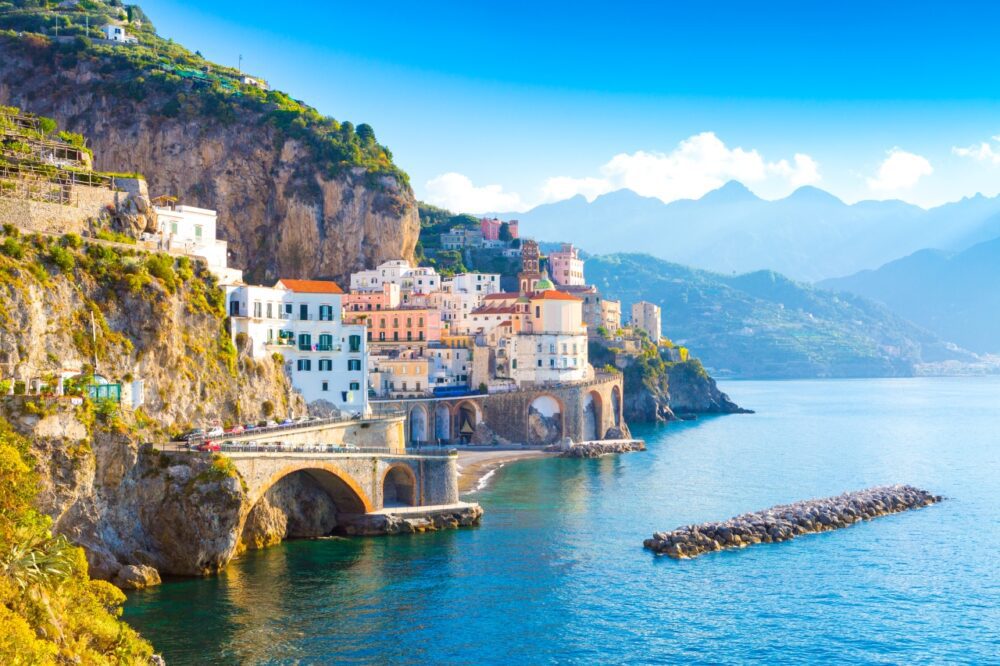
The Amalfi Coast is the stuff of travel dreams—cliffside villages, sparkling blue seas, and winding roads with jaw-dropping views. Towns like Positano and Amalfi are impossibly picturesque, with colourful houses stacked up the hillside and bougainvillaea cascading down the walls. I spent my days exploring the coastal towns and my evenings dining on fresh seafood and sipping Limoncello.
One of my favourite activities was taking a boat trip to Capri, where I swam in hidden coves and visited the famous Blue Grotto. The Amalfi Coast is a place to relax, take in the beauty, and live the dolce vita at its finest.
9. Lake Como
Lake Como is pure elegance. Surrounded by mountains and dotted with opulent villas, the lake feels like a retreat for the world’s elite. I stayed in Bellagio, one of the most charming towns on the lake, where I spent my days wandering through cobblestone streets, visiting lush gardens, and taking boat trips to explore the other lakeside villages.
The beauty of Lake Como is the tranquillity. Whether you’re relaxing at a café overlooking the water or taking a slow ferry ride across the lake, everything feels serene. It’s no wonder this has been a favourite escape for centuries.
10. Sicily
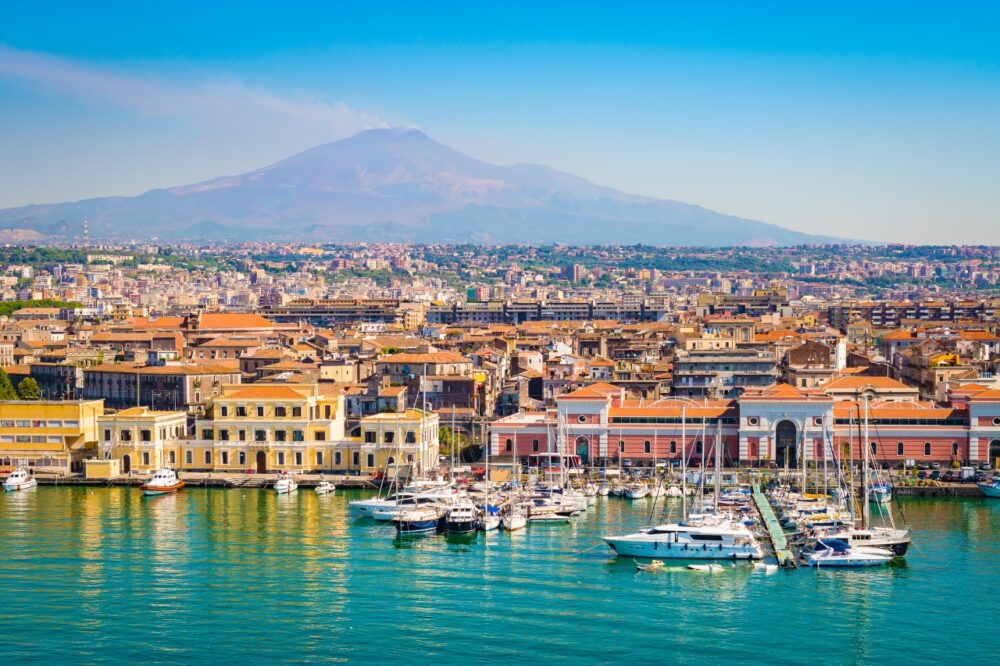
Sicily is a world unto itself. This island is a melting pot of cultures, with influences from the Greeks, Romans, Arabs, and Normans all visible in its architecture, food, and traditions. I started my visit in Palermo, a city bursting with energy and contrasts, from its bustling markets to its ornate baroque churches.
Sicily’s landscapes are equally stunning. One of the highlights of my trip was hiking up Mount Etna, Europe’s largest active volcano, where the views from the top are nothing short of spectacular. Sicily’s beaches, especially around Taormina and Cefalù, offer the perfect mix of relaxation and adventure.
Travel Tips for Italy
Getting Around Italy
Italy’s extensive train network is the best way to travel between major cities like Rome, Florence, Venice, and Milan. The high-speed Frecciarossa and Italo trains are fast and comfortable, while regional trains are slower but connect more rural areas. Buses are common in smaller towns, and car rentals are ideal for exploring countryside regions like Tuscany or Puglia, though driving in cities can be chaotic. In cities like Rome, metro and trams are efficient, but walking is often the best way to explore.
Best Time to Visit Italy
The best time to visit Italy is during spring (April to June) and autumn (September to October), when the weather is mild, and the crowds are smaller. These seasons are perfect for exploring cities and countryside alike. Summer (July to August) is peak tourist season, with higher prices and busy attractions, especially along the Amalfi Coast or Cinque Terre. If you love skiing, winter (December to February) is the best time to visit Italy’s Alps or Dolomites for world-class skiing.
Passport and Visa Requirements for Italy
Italy is part of the Schengen Area, so travellers from EU/EEA countries can enter with just an ID card. Visitors from countries like the US, UK, Canada, and Australia can stay visa-free for up to 90 days within the Schengen Zone. Make sure your passport is valid for at least three months beyond your departure date. If you’re travelling to neighbouring countries like France or Switzerland, check their entry requirements before crossing borders.
Currency and Banks in Italy
Italy uses the Euro (EUR), and credit cards are widely accepted, especially in larger cities and tourist areas. However, it’s a good idea to carry some cash for small purchases, local markets, or in rural areas where card payments are less common. ATMs are easy to find, but be aware that some smaller restaurants or bars may only accept cash. Tipping is not obligatory, but rounding up the bill in restaurants or leaving a few euros is appreciated.
Language and Useful Phrases to Know
The official language is Italian, but English is widely spoken in tourist areas and major cities. Still, learning a few basic Italian phrases will go a long way in connecting with locals. Try “Buongiorno” (good morning), “Grazie” (thank you), and “Per favore” (please). Italians appreciate when visitors make an effort to speak their language, even if just for greetings and simple phrases, especially in rural areas.
Budgeting and Costs for Italy
Italy can be affordable if you plan wisely. In tourist-heavy cities like Rome or Venice, accommodation and dining can be pricey, but eating at local trattorias or opting for pizzerias can save money. Staying in guesthouses or Airbnbs is often cheaper than hotels. Public transport, especially trains, is affordable, and many museums offer discounted or free entry on certain days. Visiting outside of peak summer can also help you avoid inflated prices.
Conclusion
Italy is a country that has it all—rich history, world-class art, breathtaking landscapes, and some of the best food and wine you’ll ever taste. From the ancient ruins of Rome to the rolling hills of Tuscany and the dramatic coastline of the Amalfi Coast, every corner of Italy offers something special. Whether you’re exploring vibrant cities, relaxing in picturesque villages, or indulging in the country’s incredible cuisine, Italy is a place that captures your heart and soul.
What I love most about Italy is how it effortlessly combines the old and the new. You can spend your morning wandering through Renaissance art galleries and your afternoon shopping at cutting-edge boutiques. It’s a country where you can indulge in life’s pleasures, whether that’s a simple meal of pasta and wine or watching the sunset over the Mediterranean. If you’re looking for a destination that offers endless variety, beauty, and inspiration, Italy should be at the top of your list. Trust me—you’ll fall in love.
